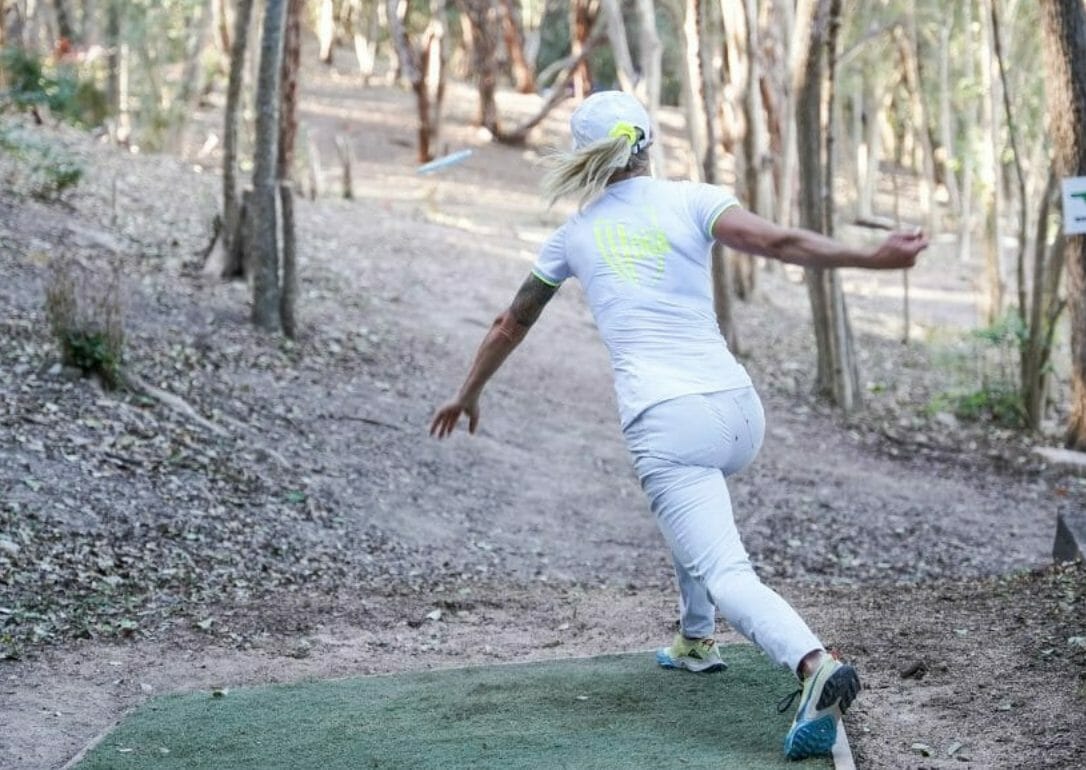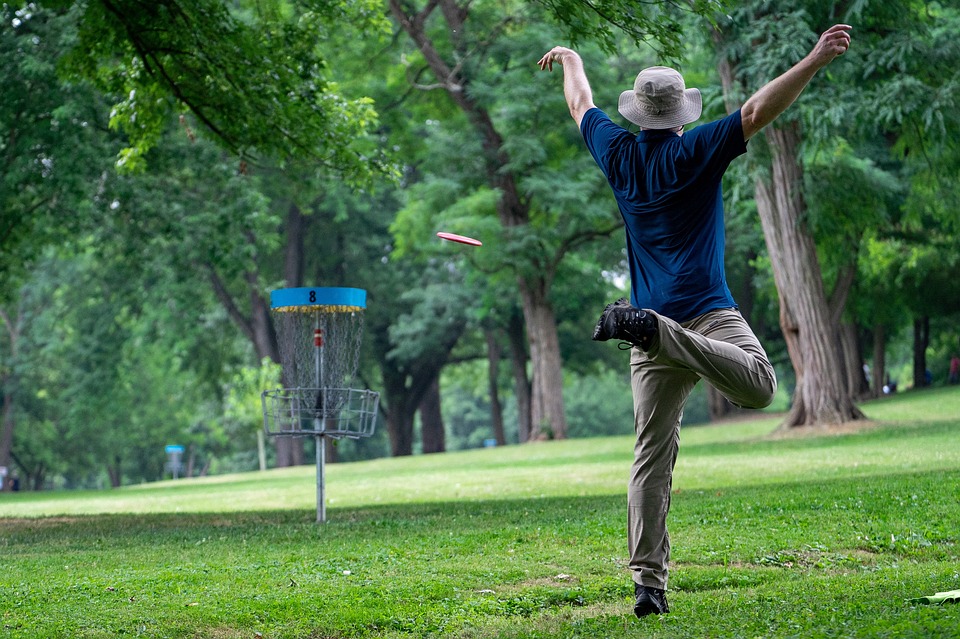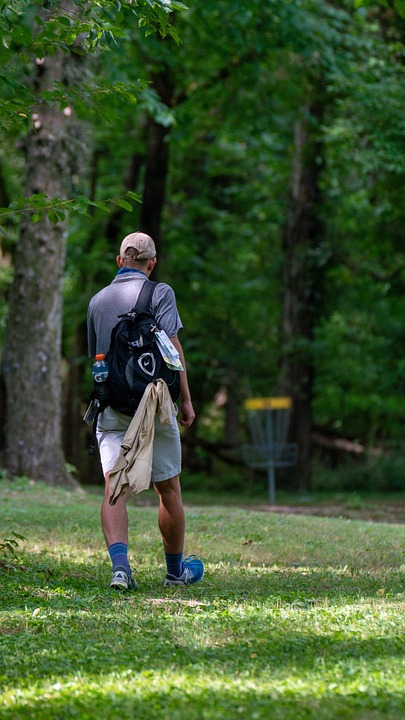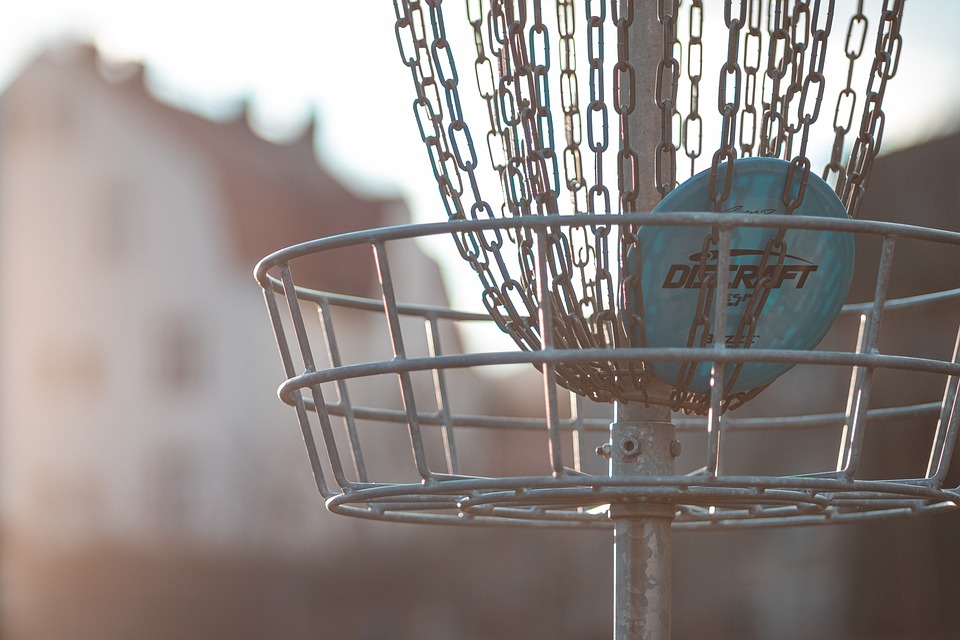Tuesday Tips: How to Throw the Hyzerflip
Shape your shot to get the most out of your discs.
March 22, 2022 by Steve Andrews in Instruction, Opinion with comments
When I first started playing, my friend Cyrus told me that I needed to throw hyzerflips. I was mesmerized by his stories of these legendary shots that would fly dead straight with easy distance and great control. It was like hearing about a unicorn. Unfortunately, I had no clue what he was talking about. I tried throwing them like he instructed, but I just got simple hyzers or shots that rolled over and crashed. I just assumed I couldn’t throw hyzerflips – whatever they were – and moved on.
A year later, I was doing field work and threw an understable Hatchet. It flipped up and went dead straight past my distance drivers. Cyrus had been right; I saw the unicorn. However, while I could get them to work in the field, I was still uncomfortable trying to throw hyzerflips on the course. Manipulating a less stable disc to fly straight seemed riskier than just throwing an overstable disc that would overcome my swing flaws and do the same thing every time.
Maybe you feel the same way. I understand that sentiment, but I pushed through and now hyzerflips are a key part of my game. They are extremely useful – especially for lower-power players. They are also the best way to learn to shape shots and control the full flight of your disc.
So, what are hyzerflips and how can you add them to your game?
The Basics
The simplest explanation of a hyzerflip is an understable disc thrown on a hyzer angle. Thrown righthand backhand (RHBH), the hyzer release overcomes an understable disc’s tendency to turn to the right; instead, the disc will rotate to a flat position (“flip to flat”) and then fly straight. If the disc is very understable, the disc will drift to the right towards the end of its flight. This is sometimes called a “hyzerflip to turn” shot on disc golf commentary.
Hyzerflips thrown with more stable discs will usually hold a straight flight and then smoothly fade out to the left as they lose speed. You are getting a full flight and using the understability of the disc to your benefit, so throwing smooth, rather than hard, is the goal.
The key to hyzerflips is balancing these three factors: disc stability, degree of hyzer angle, and arm speed. A disc that is too overstable for your arm speed will hyzer out and never flip up. A very understable disc thrown with too little hyzer or too much power will flip all the way over and roll. You need to balance the disc’s understability with the correct amount of power and angle. This may sound complicated, but it is much easier in practice.
First, you need to take a good look at your game – can you effectively hit a consistent hyzer angle? If so, then the rest of the process will be much easier. However, if you always throw on anhyzer (perhaps because you have been trying to throw discs that are too overstable) then you may need to work on being able to throw a reliable hyzer. Once that is in your arsenal, you are ready to work on hyzerflips.
Get your most understable disc and throw it on hyzer. Start slowly and see whether it will flip to flat. Try throwing at different speeds and with more and less hyzer. There is a point where the correct combination of angle and power will get the flight you want. Also experiment with your footwork because a standstill hyzer flip is a powerful weapon. You may be shocked at how far and straight you can throw a flippy fairway or mid from a standstill. A shot like this can revolutionize your play in the woods.
You will need to experiment with being able to reliably change these three factors to get the flights you want. The easiest thing to change is, of course, your disc selection. If a disc isn’t flipping to flat, then just get a more understable disc. This is not always the solution, however, because very understable discs are also usually extremely sensitive to angle and power. It is easy for them to flip over too much and produce a confidence-crushing roller.
It is natural to find that you are more comfortable changing either your angle or your speed. The best players can do both, but sometimes trying to throw harder ruins your timing or you lose velocity when you try to add more hyzer angle. Modifying either angle or speed can work, but see whether you are more comfortable changing one factor from throw to throw. The goal is to find an angle and speed you can throw consistently.
Once you get the feeling for it, move towards hyzerflipping more stable discs. You will reach a point where you can’t generate enough pace to get the disc to flip to flat on even a slight hyzer angle. Once you find this stability threshold where your discs stay on hyzer without flipping up, you will have discovered which of your discs will hyzerflip and can start experimenting with angles and power to see how you can change the flights.
If you combine variations in stability, power, and angle, you can throw a huge variety of shots. If you want to throw it harder, just add more hyzer. If you have to throw it softer to hit a gap, choose a more understable disc and throw it slightly flatter. If you increase the hyzer or throw it slower, the disc will turn later or not at all; if you increase the speed or throw it flatter, it will turn more and start turning earlier. Once you get the hang for the kinds of adjustments you feel comfortable making, you will discover that you can get your discs to turn or fade at different points in their flight.
Using Hyzerflips on the Course
Perhaps the best use of the hyzerflip is to be able to hit tight lines and keep the disc moving straight — or even get it to turn right at the end of its flight. This adds another tool to go alongside your forehands and turnovers and is especially useful in the woods. Keeping an overstable disc flying straight requires throwing it very hard, which can make hitting tight lines difficult. The hyzerflip gives you more accuracy with less power and usually provides a softer landing.
Turnovers often ride a consistent arc through their flight. One of the great advantages of a hyzerflip is being able to blend the straight portion of the flight with late turn or fade. This is an important part of great shotmaking. One of the great skills of the true artists of disc flight like Dave Feldberg or Nikko Locastro is the ability to control exactly when a disc will change direction. One way to do that is by dialing in your hyzerflips.
The hyzerflip is also a great way for lower power players to get extra distance. Instead of flexing an overstable disc that wants to get to the ground, the hyzerflip uses an understable disc’s ability to glide and stay in the air to your advantage. The slow flip and ride of a hyzerflip chews up distance and reduces the tendency of these discs to flip over – by the time the disc has flipped to flat, much of the initial velocity is gone, so the disc’s turn will be more mellow and longer lasting than if it had been thrown flat. While a giant sky anhyzer has more maximum distance potential, that shot requires a lot more air clearance to throw. The hyzerflip adds extra distance while also remaining very accurate.
You may find that your arm speed only allows you to throw hyzerflips with understable fairways and mids. That’s fine. I actually find that my hyzerflip Roadrunners will often land out with my distance drivers. However, if you have the arm speed for it, a hyzerflip is a great way to throw understable or beat-in drivers. Creating a hyzerflip driver is one advantage of cycling your discs. You can throw them hard with hyzer, have them flip up, and then get a nice gentle fade when their remaining low speed stability kicks in at the end of the flight.
Hyzerflips also help you build a more versatile forehand. Perhaps unsurprisingly for a player who honed his game in the woods of North Carolina, Jeremy Koling is a great forehand player who can work angles and hit lots of lines. His game is not built around a power forehand like Eagle McMahon’s; instead, Koling often hyzerflips understable discs which allows him to throw incredibly tight lines:
Koling
All the lessons of learning the backhand hyzerflip can also be used to develop a hyzerflip forehand. As you incorporate this shot into your game, make sure to experiment with a standstill forehand with an understable fairway. It is a great weapon when you have awkward footing or need to hit a tight gap.
Cautions
For all their utility, there is more to worry about when throwing a hyzerflip rather than a simple flat shot. You can throw a Firebird and always have a good idea of how it will fly; hyzerflipping a Leopard brings in more variables. You need to hit the right angle and speed to get the shot you want. Therefore, dialing in your discs in field work is important. Once you have found discs you can trust and have a good feeling for how to throw them, however, hyzerflips can be very reliable.
Hyzerflips can also be harder to throw in the wind. Since it is a shot that changes its angle as it flies, wind can make the flight unpredictable. A headwind or tailwind will change the amount of angle and speed you need to get the flight you want. Also, since a hyzerflip comes out on a hyzer angle, crosswinds can prevent the disc from flipping flat or shove it offline. Don’t run away from hyzerflips in light wind but use your field work to figure out which discs you can trust in tougher conditions. If it is really howling, I would keep the hyzerflip in the bullpen and throw other shots instead.
***
Hyzerflips allow you to take more ownership of your shotmaking. It is a way to move away from throwing a shot that just has one shape – like a hyzer backhand that moves consistently to the left – and lets you decide how and when the disc will move. There is nothing better for your confidence than being able to dial up different shot shapes on command. It is also a shot that is a good fit for many of the discs that lower power players are already using. It will allow you to get more out of your Jades, Leopards, and Comets.
Even if you are reluctant to throw hyzerflips in competition, try them in the field. It is a great way to test whether you can consistently hit the angles you want and change speeds reliably. I bet once you have thrown some, you won’t be able to resist trying them out when it counts. I think your rating will thank you.
